Heidelberg - City of Romance and “Chocolate Kisses”
Heidelberg is one of the most beautiful cities in Germany, the embodiment of German Romanticism. The preserved medieval architecture creates a unique charm of the city. Every year it is visited by nearly 12 million tourists. Famous poets have sung praises of Heidelberg Castle ruins and famous painters have painted them. The world’s largest wine barrel is kept in the basement of the castle. Germany’s oldest university is the pride of Heidelberg. "Student’s Kiss" chocolates became its symbol. Surely everyone will wish to walk on Hauptstrasse (Hauptstraße) -the longest shopping street in Germany. Its length is 1.6 km, so it may take several days to tour the shops.
Cafes, bars and restaurants in Heidelberg
See all
Restaurants
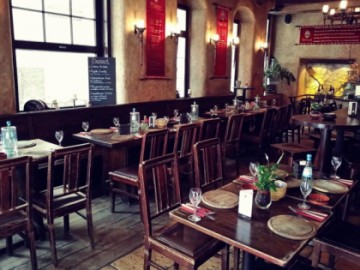
Bier Brezel Heidelberg
Restaurant
+49 6221 4042877
Payment methods:
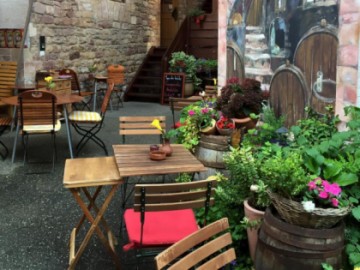
Bodega Don Jamón
Restaurant
+49 6221 374312
Payment methods:
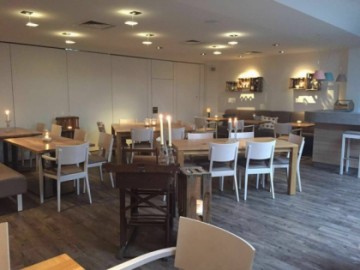
Der Kleine Pfaffe
Restaurant
+49 6221 7253535
Payment methods:
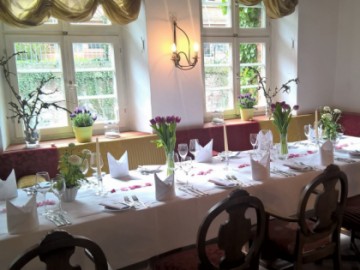
Herrenmühle
Restaurant • Catering
+49 6221 602909
Payment methods:
All sights in HeidelbergSee all
Landmarks in the city Heidelberg

Heidelberg Castle
Museums and Exhibitions • Parks and recreation • Castles, Fortresses and Palaces
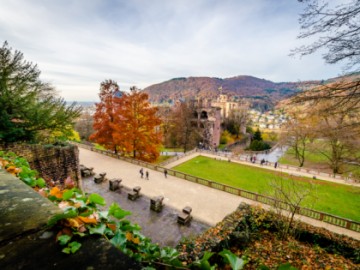
Philosophers’ Way
Parks and recreation
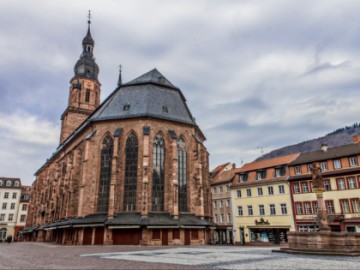
Church of the Holy Spirit
Architectural Monuments
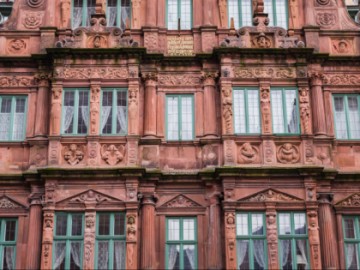
Hotel of the Knight St. George
Architectural Monuments • Other places

Observatory on Mount Königstuhl
Other places




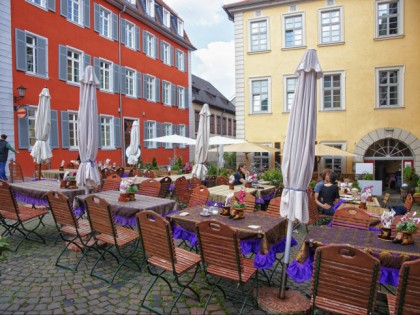




 Castles, Fortresses and Palaces
Castles, Fortresses and Palaces
 Parks and recreation
Parks and recreation
 Museums and Exhibitions
Museums and Exhibitions
 Architectural Monuments
Architectural Monuments
 Other places
Other places